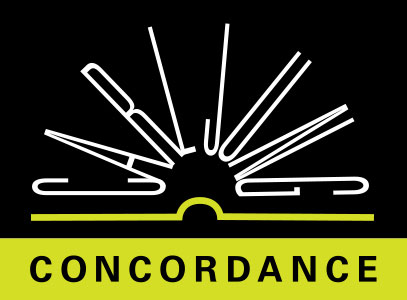An event which raises the question, Why does the birth of a hero always have to take place under such extraordinary circumstances?
The answer to this question is that the hero is not born like an ordinary mortal because his birth is a rebirth from the mother-wife. That is why the hero so often has two mothers
CW5 ¶ 494One would think it possible for a hero to be born in the normal manner, and then gradually to grow out of his humble and homely surroundings, perhaps with a great effort and in face of many dangers. (This motif is by no means uncommon in the hero-myths)
CW5 ¶ 493As a general rule, however, the story of his origins is miraculous. The singular circumstances of his procreation and birth are part and parcel of the hero-myth. What is the reason for these beliefs?
CW5 ¶ 493As Rank ( The Myth of the Birth of the Hero ), has shown with a wealth of examples, the hero is frequently exposed and then reared by foster-parents. In this way he gets two mothers
CW5 ¶ 494An excellent example of this is the relation of Heracles to Hera. In the Hiawatha epic, Wenonah dies after giving birth, and her place is taken by Nokomis. Buddha, too, was brought up by a foster-mother
CW5 ¶ 494The foster-mother is sometimes an animal, e.g., the she-wolf mother of Romulus and Remus, etc. (fig. 258.02)
CW5 ¶ 49489 CW5 Ser: 7 Par 494 (f) FigNo 258.02
EDINGER'S COMMENTARY
TO ANALYSTS IN TRAINING
Otto Rank's book, The Myth of the Birth of the Hero, which is written in terms of personalistic psychology, is worth noting because historically he was the first to engage the issue of the hero's birth
TOL ¶ 0I think of the hero as an intermediate between the Self and the ego. The hero really has a foot in both realms. The hero figure can best be described as a personification of the urge to individuation
TOL ¶ 0The hero figure as a dream image is something to be on the alert for, because if you are doing a depth analysis properly, this symbolism will be common in dreams
TOL ¶ 0BIRTH OF THE SELF
You will see symbols of the birth of a divine child or an unusual child, which is a specific reference to the myth of the birth of the hero. It symbolizes the urge to individuation as it emerges into consciousness. We sometimes refer to it more loosely as the birth of the Self, which ties into the symbolism of the nativity
TOL ¶ 0There is an overlap here; I don't mean to be too precise about it. To the extent we're talking about a hero who has to perform a whole series of laborssuch as Heracles or Hiawathawe're not really dealing with the birth of the Self as an accomplished entity. We're dealing with the birth of the potential realization of the Self, which is the urge to individuation
TOL ¶ 0FEATURES OF THE HERO'S BIRTH
In his study, Rank mentions the following features of the hero's birth:
TOL ¶ 0The hero is the child of most distinguished parents, usually the son of a king
His origin is preceded by difficulties, such as continence, or prolonged barrenness, or secret intercourse of the parents due to external prohibition or obstacles
During or before the pregnancy, there is a prophecy, in the form of a dream or oracle, cautioning against his birth, and usually threatening danger to the father (or his representative)
As a rule, he is surrendered to the water, in a box
He is then saved by animals, or by lowly people (shepherds), and is suckled by a female animal or by a humble woman
After he has grown up, he finds his distinguished parents, in a highly versatile fashion
He takes his revenge on his father, on the one hand, and is acknowledged, on the other. Finally he achieves rank and honors ( Otto Rank, The Myth of the Birth of the Hero p. 57 )
Rank does not mention that the hero is usually conceived by some divine agency. Zeus in a shower of gold, for example, or the Holy Ghost
TOL ¶ 0This demonstrates the point that his origin derives from the transpersonal dimension. The two sets of parents refer to the fact that one set is the human parents, the other the transpersonal
TOL ¶ 0The transpersonal can either be expressed in terms of royalty or divinity, or as animal nature. In either direction, deities and animals are transpersonal, one from above and one from below. Hiawatha [Miller Fantasies, CW5 ] provides examples of this phenomenon
TOL ¶ 0In our own familiar symbolism the two most common examples of the myth of the birth of the hero are the birth of Moses and the birth of Christ. You should be very alert to the imagery of this archetype when it comes up in dreams, because it will confirm that the analysis is working. The patient is on his way to being born as an individual, out of the state of containment in a tribe or collective grouping, and into his individual uniqueness
TOL ¶ 0